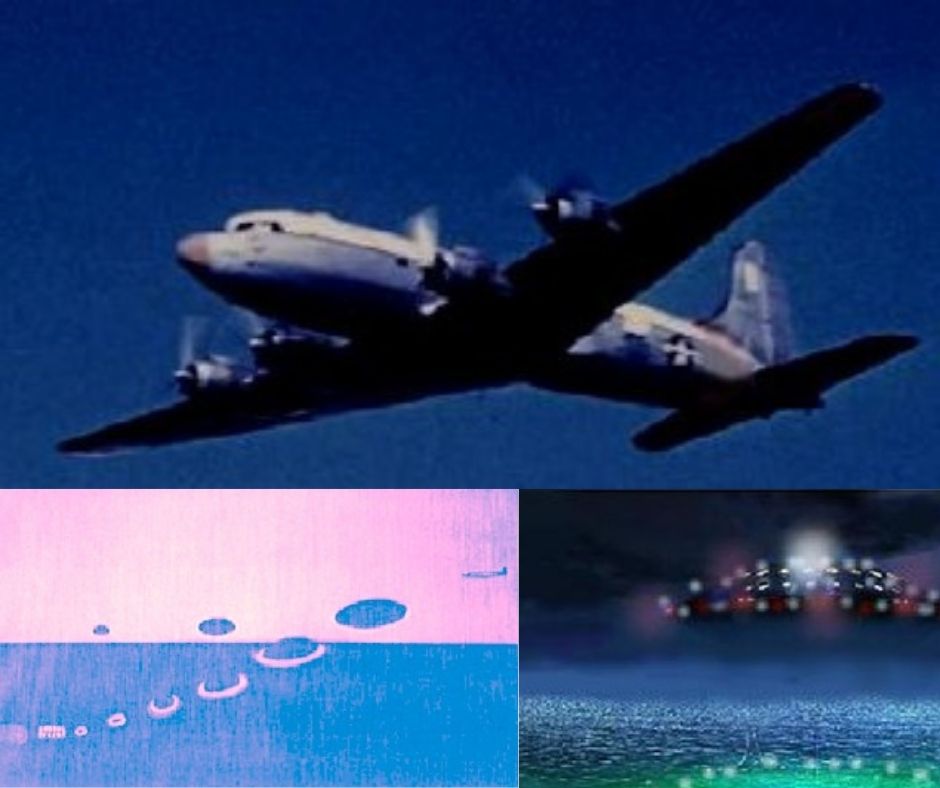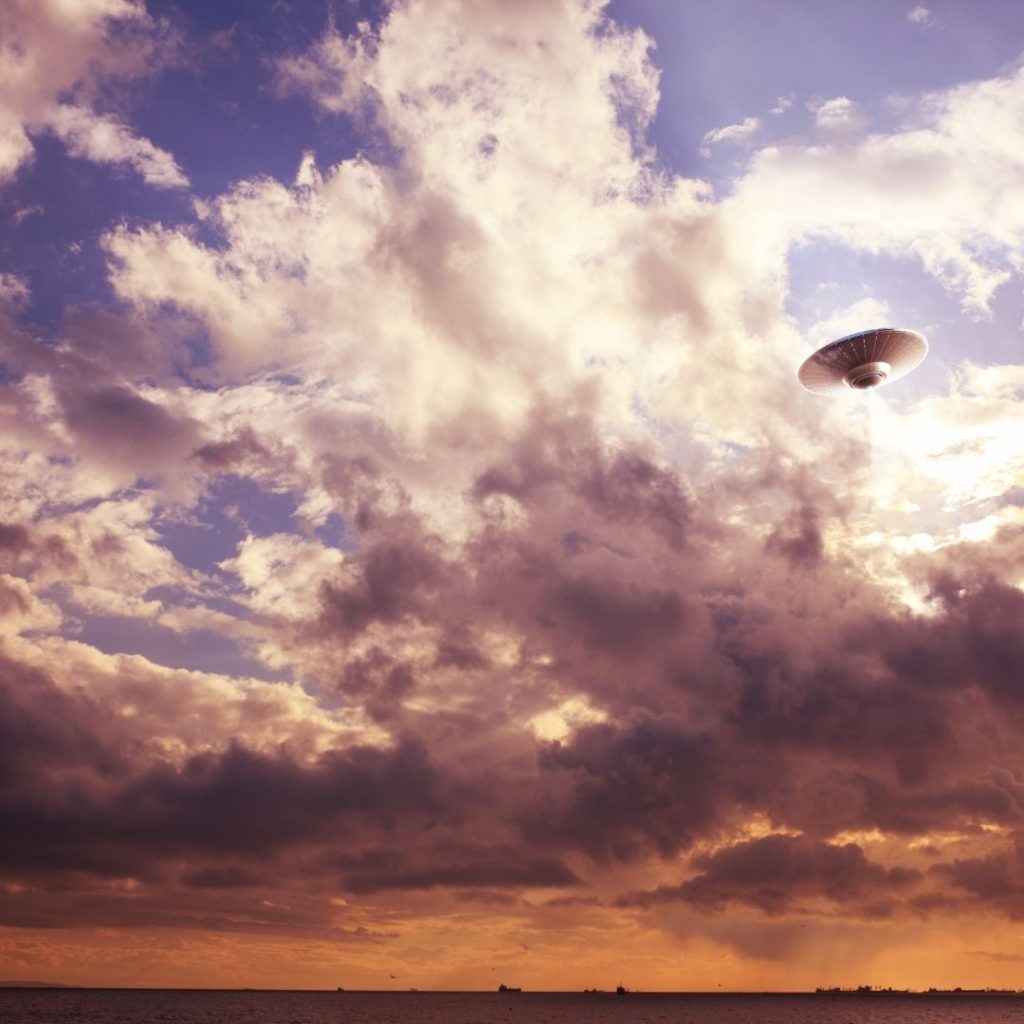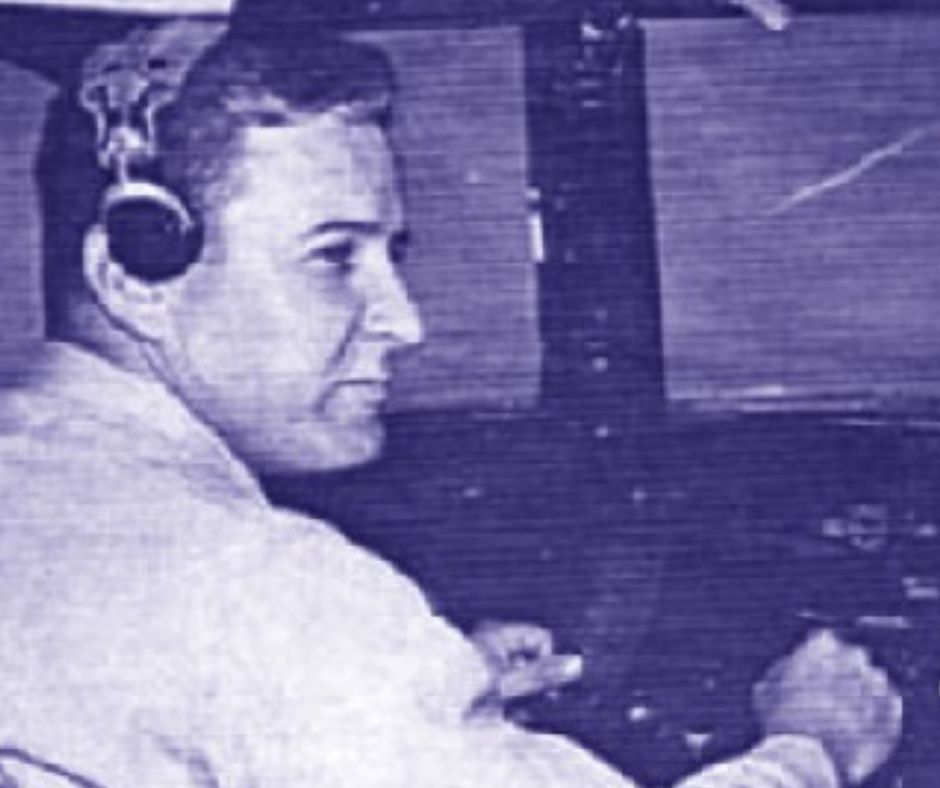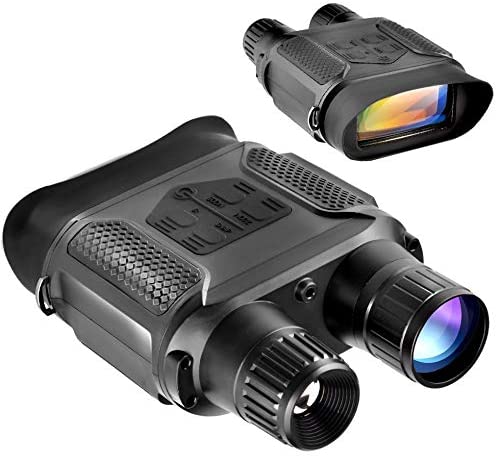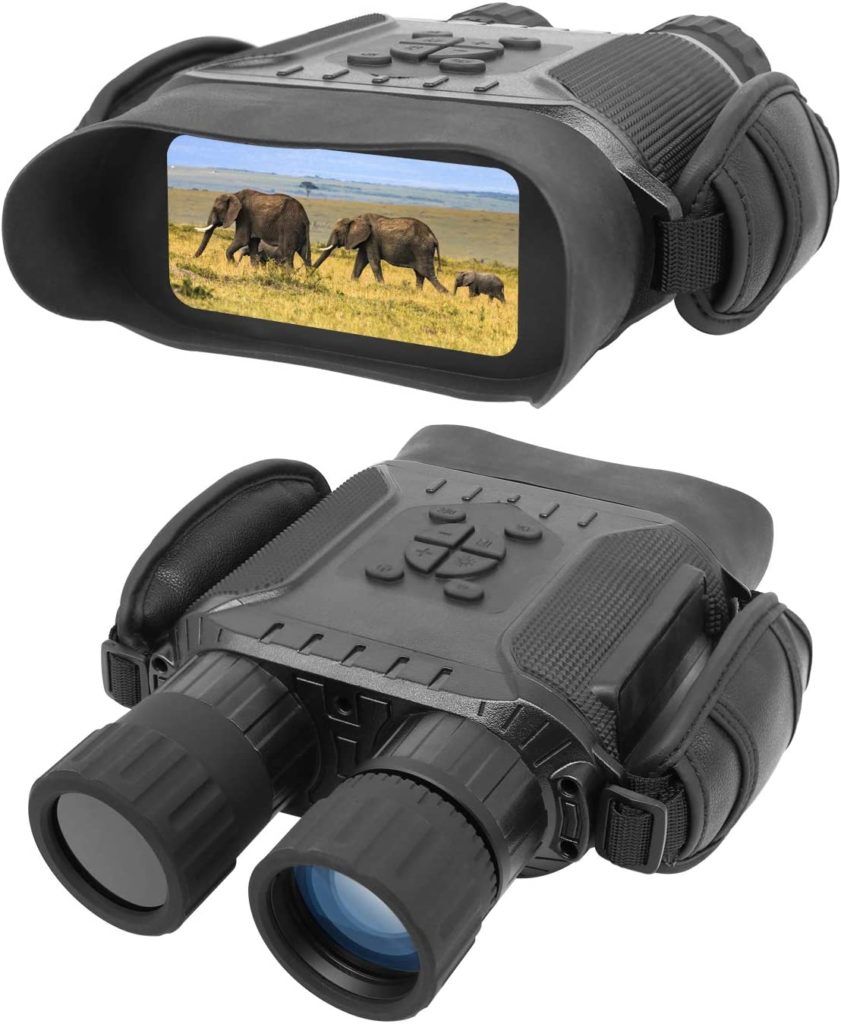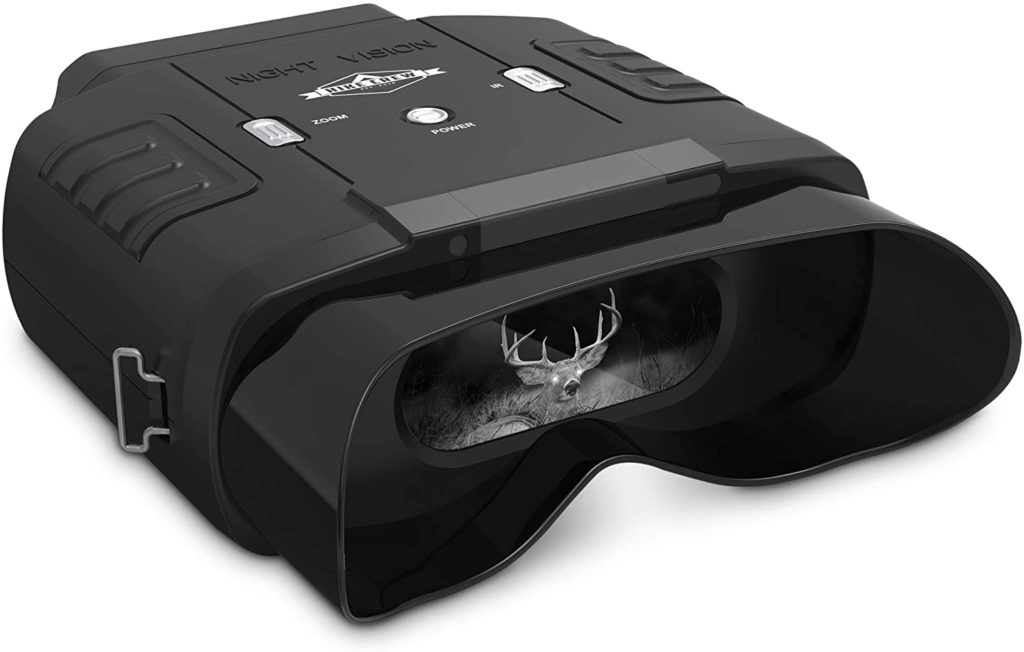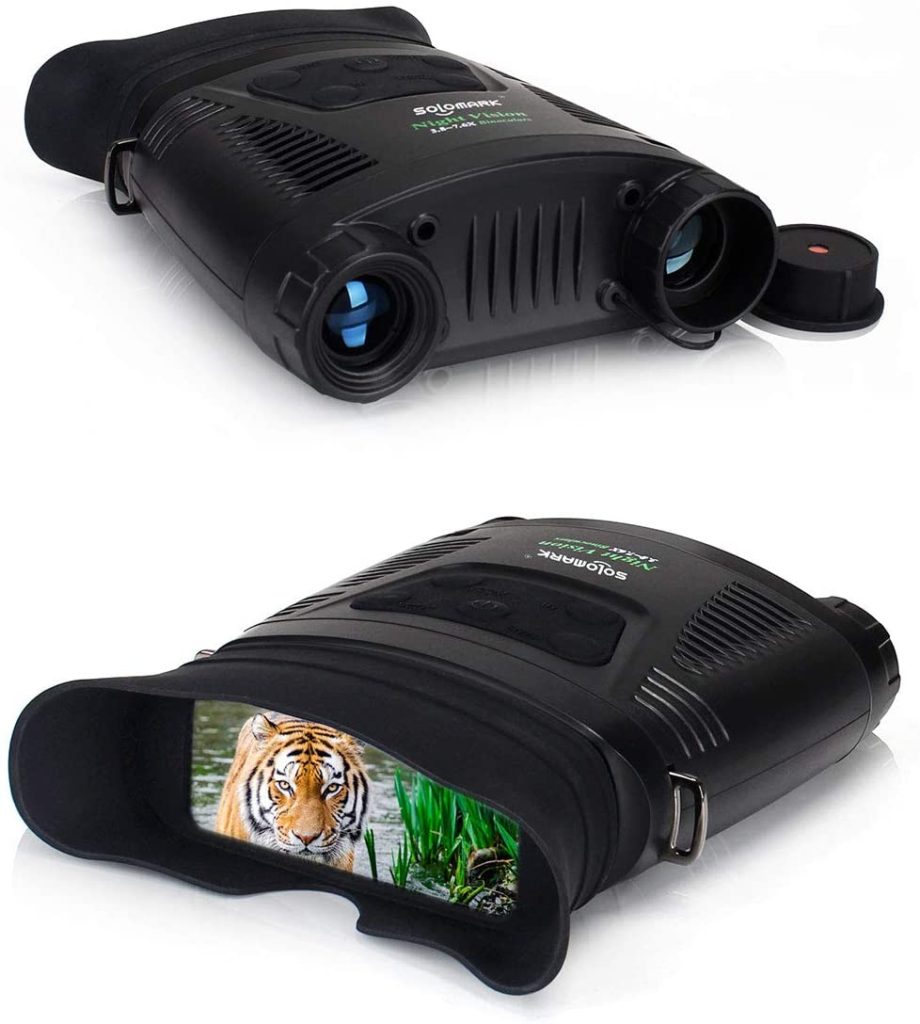The Hessdalen lights or Hessdalen Phenomena are unexplained lights observed in rural central Norway’s 12-kilometer-long (7.5 mi) range of the Hessdalen valley.
History of Hessdalen Phenomena
The Hessdalen lights are of unexplained origin. They are generally bright white, yellow, or red and can appear over and under the horizon. They appear to appear both by day and night and appear to float through and above the valley.
The duration of the lights, maybe a few seconds to well over an hour. Sometimes the lights move with tremendous speed; at other times, they seem to oscillate slowly back and forth. On yet other occurrences, they hover in mid‑air.
Strange lights have been reported in this region since at least the 1930s. The mainly high activity happened between December 1981 and mid-1984, during which the lights were being observed 15–20 times per week, drawing many overnight tourists who arrived at Hessdalen for a sighting. And as of 2010, the number of observations has decreased, with only 10 to 20 sightings made annually.
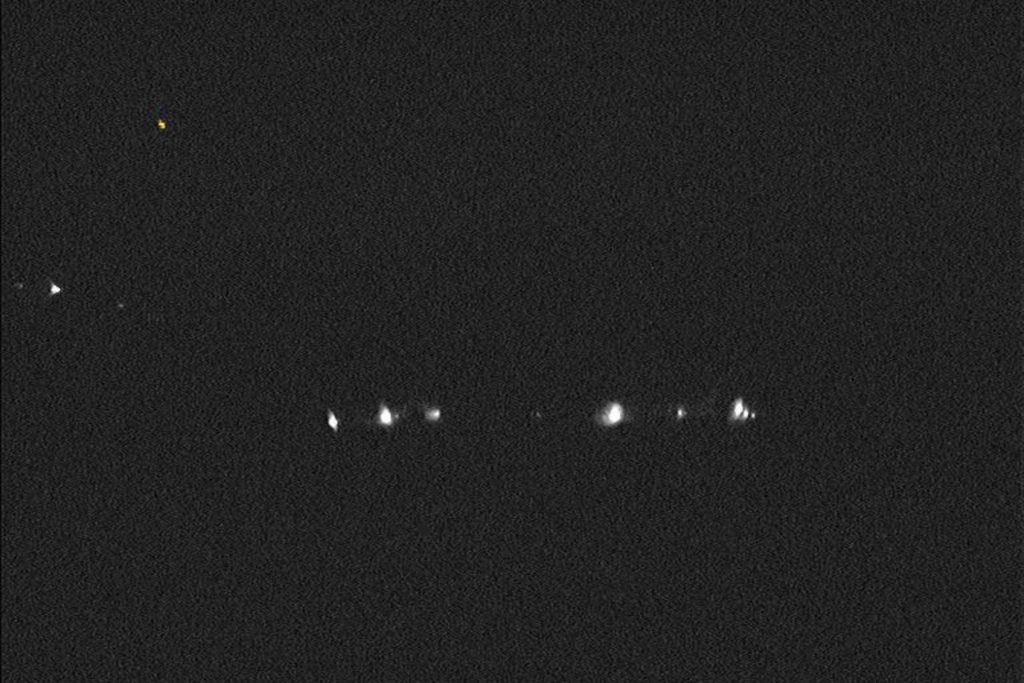
Research and Field Studies
Following 1983, continuous scientific research was referred to as “Project Hessdalen,” launched by UFO-Norge and UFO-Sweden. This project was running as a field investigation from 1983–1985.
A group of engineers, journalists, and students collaborated as “The Triangle Project” during 1997–1998 and recorded the Hessdalen lights in a pyramid shape that bounced up and down.
In 1998, the (Hessdalen AMS) or Hessdalen Automatic Measurement Station was set up in the valley to register and record the lights’ appearance.
Later, an EMBLA program was launched to bring together established scientists and students into studying these lights. Leading research institutions are Østfold University College ( in Norway) and the Italian National Research Council.
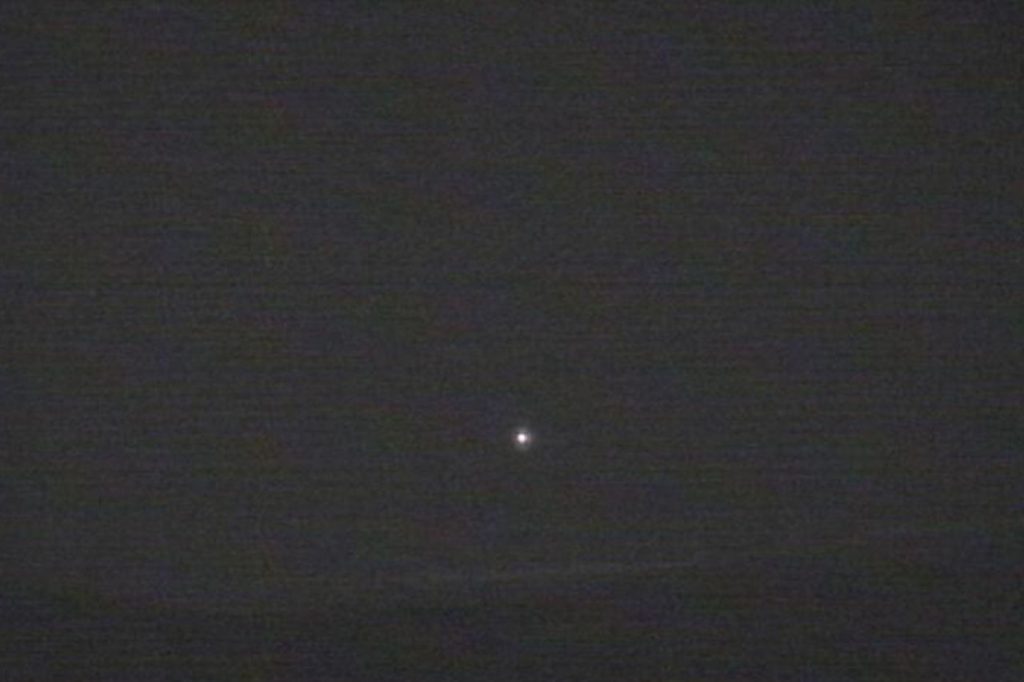
What is the Theories about Hessdalen lights?
Furthermore, despite the ongoing studies, there is no convincing explanation for the Hessdalen phenomenon. Nevertheless, there are many working hypotheses and even more speculations.
One plausible explanation connects the phenomenon to an incompletely understood combustion involving oxygen, hydrogen, and sodium, which happens in Hessdalen because of the large deposits of scandium.
Another new hypothesis proposes that the lights are formed by a group of macroscopic Coulomb crystals in a plasma generated by the ionization of dust and air by alpha particles when radon decay in the dusty atmosphere.
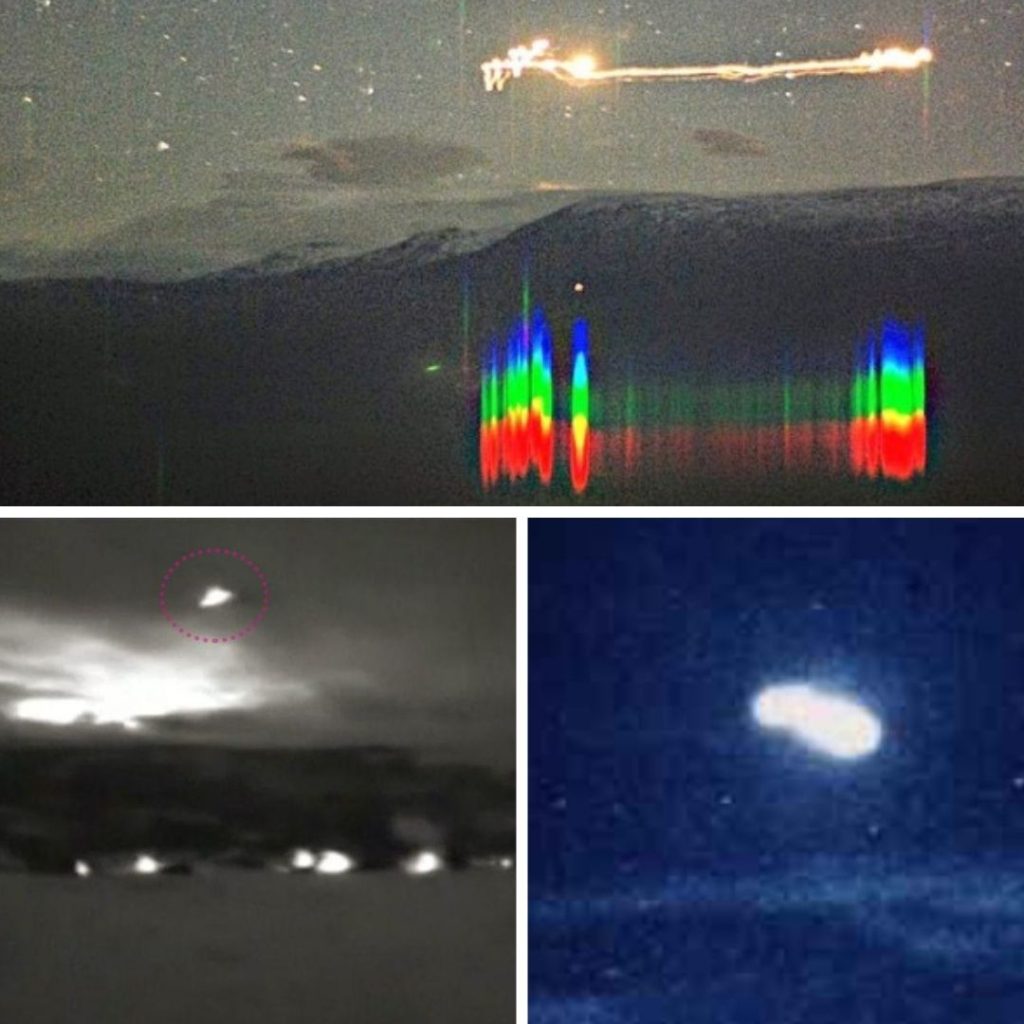
Numerous physical properties, including oscillation, light spectrum, and geometric structure observed in the Hessdalen lights, can be explained through a dust plasma model.
Radon decay produces alpha particles (responsible for helium emissions in Hessdalen Light’s spectrum and radioactive elements such as polonium.
In 2004, Teodorani reported an occurrence where a higher level of radioactivity on rocks was detected near the area where a massive light ball was reported. Computer simulations reveal that dust immersed in ionized gas can organize itself into double helixes like some occurrences of the Hessdalen lights; dusty plasmas may also form in this structure.
Some of the sightings have been positively identified as misperceptions of celestial bodies, car headlights, aircraft, and mirages.
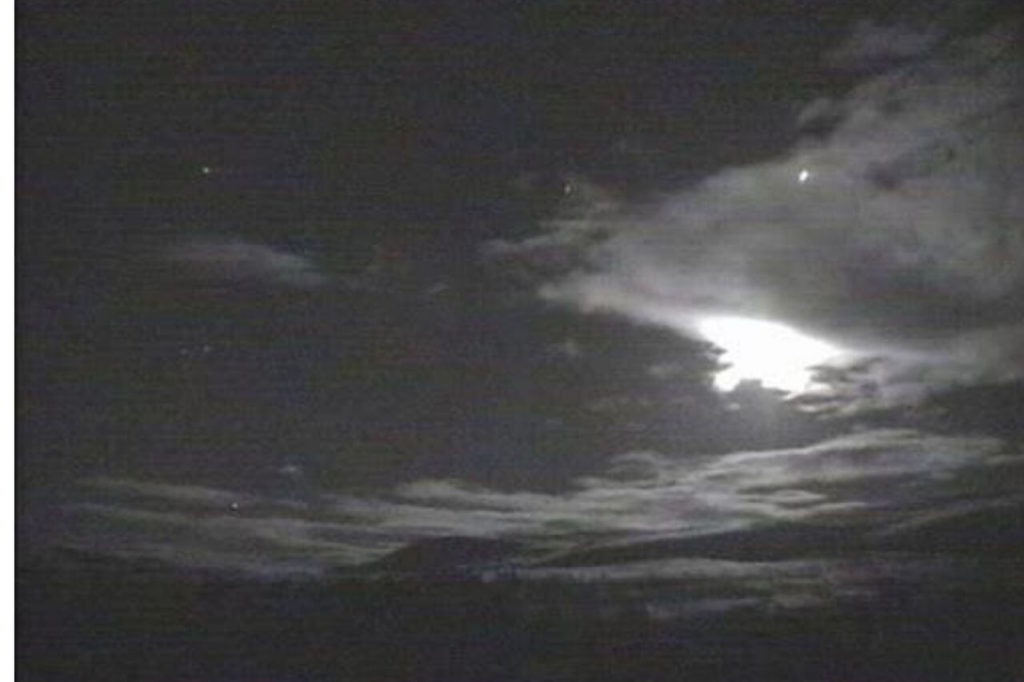
Can Piezoelectricity explain Hessdalen Phenomena?
Another hypothesis explains the Hessdalen phenomena as a product of piezoelectricity generated under specific rock strains. Several crystal rocks in Hessdalen valley include quartz grains that can create an exceptional charge density.
Furthermore, in a 2011 paper, based on the dusty plasma theory of Hessdalen phenomena, Carlton Taft and Gerson Paiva suggested that quartz’s piezoelectricity cannot explain a peculiar property assumed by the event of the Hessdalen light – the presence of geometrical structures in its center.
Carlton and Gerson have shown a mechanism of light ball cluster formation in Hessdalen phenomena by nonlinear interaction of ion-acoustic in combination with dusty-acoustic waves with low-frequency geoelectromagnetic waves in dusty plasmas.
Therefore, the velocity of ejected light balls is about 10,000 m/s or 33,000 ft/s. That is in good agreement with some ejected light balls’ observed velocity, measured at 20,000 m/s or 66,000 ft/s.
The center ball is white, while the ejected balls that are observed are constantly green in color. This is ascribed to radiation pressure created by the synergy between VLF or very low-frequency electromagnetic waves and atmospheric ions (present in the central white-colored ball) through ion-acoustic waves. O+ 2 ions (electronic transition b4Σ−g → a4Πu). The green emission lines are presumably the only ones transported by those waves. Electronic bands of O+ 2 ions happen in auroral spectra.
The measured temperature of Hessdalen lights is about 5,000 K (4,730 °C; 8,540 °F). And at this temperature, the rate coefficients of dissociative recombination will be around 10−7 cm3 s−1 for the nitrogen ions and 10−8 cm3 s−1 for the oxygen ions. Therefore, in the Hessdalen light plasma, the nitrogen ions will decompose (N+2 + e− → N + N*) quicker than oxygen ions.
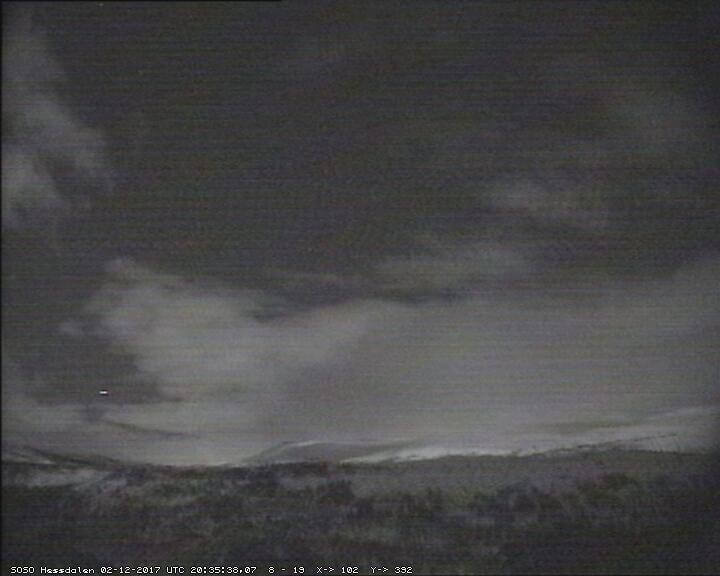
green light balls in Hessdalen
Ion-acoustic waves transport exclusively ionic species. Consequently, oxygen ions will dominate in the emitted green light balls in Hessdalen, displaying a negative band of O+2 with electronic transition b4Σ−g → a4Πu following ion-acoustic wave formation.
Taft and Paiva presented a model for resolving the conflicting spectrum observed in Hessdalen lights. The spectrum is almost flat on the top with steep sides due to the bremsstrahlung spectrum’s optical thickness.
At low frequencies, self-absorption changes the spectrum to follow the Rayleigh-Jeans part of the blackbody curve. Such a spectrum is characteristic of dense ionized gas.
Furthermore, the spectrum created in the thermal bremsstrahlung process is flat up to a cutoff frequency, νcut, and later falls off exponentially at higher frequencies. This series of events forms the typical spectrum of the Hessdalen phenomenon when the atmosphere is bright, with no fog.
According to this model, the spatial color distribution of luminous balls commonly observed in the Hessdalen light phenomenon is produced by electrons accelerated by electric fields during the rapid fracture of piezoelectric rocks under the ground.
Solar Activity, Earthquakes, and Hessdalen Phenomenon, is there a connection?
One potential explanation for Hessdalen lights is similar to how you listen to music or radio. It’s the effect known as the speedo electric effect. And it’s how the speakers on your phone or your computer are producing sound by applying electricity to a particular element.
We can create vibrations in that element and vice versa. Certain crystals, if you apply pressure to them, can also produce electricity. Still, in this case of Hessdalen lights, if this is what’s happening, then the highly charged particles coming from the sun may act on earth as if it was a speaker and therefore make it vibrate.
And these vibrations obviously can then cause massive earthquakes. That’s one potential explanation for the Hessdalen Phenomenon. Because we know earth holds a lot of earth quartz on the inside, and quartz is very highly affected by the piezoelectric effect.
This would actually make some sense to this phenomenon. It would make sense that electricity coming from space would make it vibrating and destabilize the system around it. But right now, this is theoretical and doesn’t have any physical proof.
We need a lot more investigation and different types of new theories to explain if the observations of massive earthquakes and solar activity are indeed caused by the electrical effects displacing the quartz inside the planet. And if so, we might even find a way to control this later on.

Ball Lightning phenomena in Hessdalen Area?
Because of the abundance of copper and quarts in Hessdalen valley, this might explain the creation of Ball Lightning phenomena seen in this area.
These lights can be produced by piezoelectricity. But despite numerous theories and attempts to recreate the phenomenon in a laboratory, ball lightning has remained an enigma to modern science.
Thermodynamics tells us that when a plasma ball expands, it must cool rapidly (according to Perfect Gases’ law with a drastic decrease of luminosity), but this doesn’t happen with the Hessdalen phenomenon.
Are we dealing with a “self-confined plasma”? A mixture of ions and electrons trapped by a strong magnetic field and self-maintained by a strong central force similar to gravity?
Or is the Hessdalen lights not due to a light emission mechanism “plasma-ball” (Ball Lightning), but due to an artificial illumination system? (UAP/UFO)?
The problem is caused by the “constancy of temperature” seen in spectroscopy pictures that have been examined from research studies in Hessdalen by an Italian research group (2002 Italian “Optical and Ground Survey in Hessdalen”) is completely solved if the lights are made of artificial lamps of any kind. (UFOs).
Recent or future hypotheses on the formation of Ball Lightning and related light phenomena such as “Earthlights” might be able to explain Hessdalen Lights as a natural phenomenon that apparently is not.
One is the right theory, natural or artificial, will depend on the willingness to construct an interdisciplinary and open collaboration between scientists and physicists of the proper specialization.
The natural possibility of “silicon-triggered lights” and their strict connection between the Ball Lightning phenomenon and ground piezoelectricity must be carefully investigated and with in-depth geophysical surveys in the Hessdalen valley.
Conclusion of the Hessdalen Phenomenon
Hessdalen Lights shows to be highly elusive, and its behavior is most often unpredictable. The exact nature of the phenomenon is not known yet. It is now difficult to make any assumption to what this phenomenon is without a military-like technology consisting in this specific case of a totally automated radar-guided and laser-telemetric sensor platform (TV monitor, very high-resolution multifilter CCD camera, high-resolution spectrograph, multifilter photon-counting photometer, microwave parabolic antenna, and spectrometer, IRST detector, Lidar, polarimeter, electrostatic detector). It is strictly used in connection with a portable VLF-ULF antenna & spectrometer and a mobile atmospheric station that registers all relevant parameters of the Hessdalen phenomenon.
A collaboration between physical scientists, geophysicists, and engineers might be very useful to solve this mystery.
That’s it. Thanks for reading this article about the fascinating and mysterious phenomena in Hessdalen. If you want to know more about Hessdalen Phenomena, then check out this book, Hessdalen Lights! Author Nils Magne Ofstad.*
*We are a participant in the Amazon Services LLC Associates Program, an affiliate advertising program designed to provide a means for us to earn fees by linking to Amazon.com and affiliated sites.
Some of the links used are affiliate links. As a customer, you do not pay any extra because of an affiliated link. I may receive a small percentage of the sale from an affiliate link, which helps support this website. Thank you so much for your support.
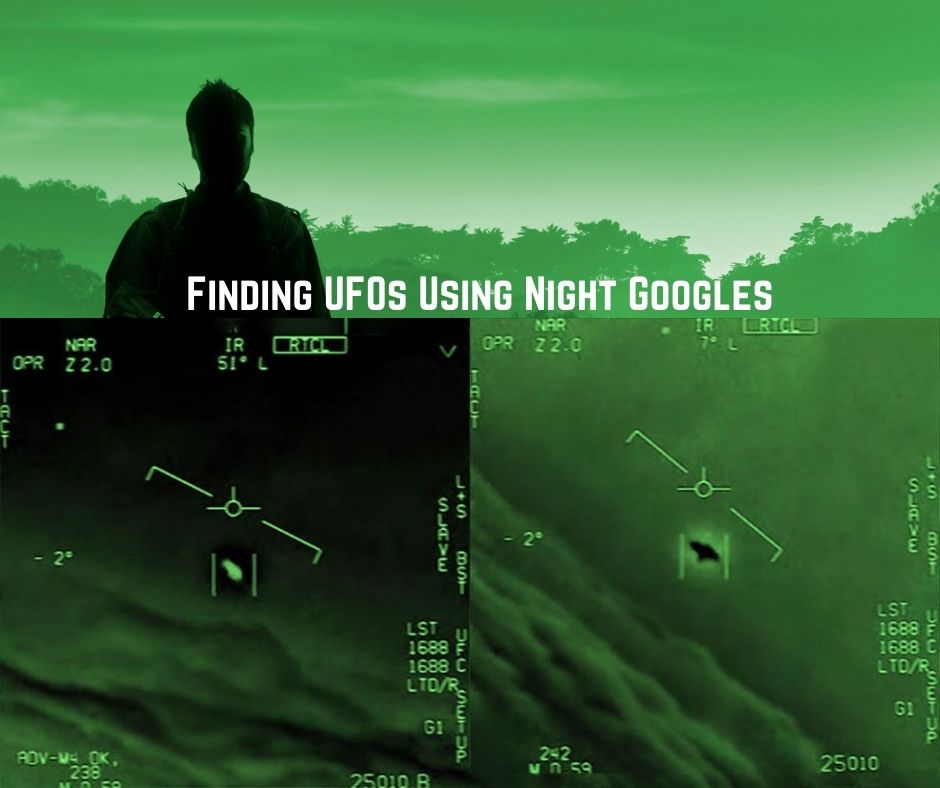
Here are the best night vision goggles to spot UFOs 2021. Did you know that human eyes can see only a short range of light spectrum between 400-700nm? This article is about using and getting the best night goggles to find UFOs.




